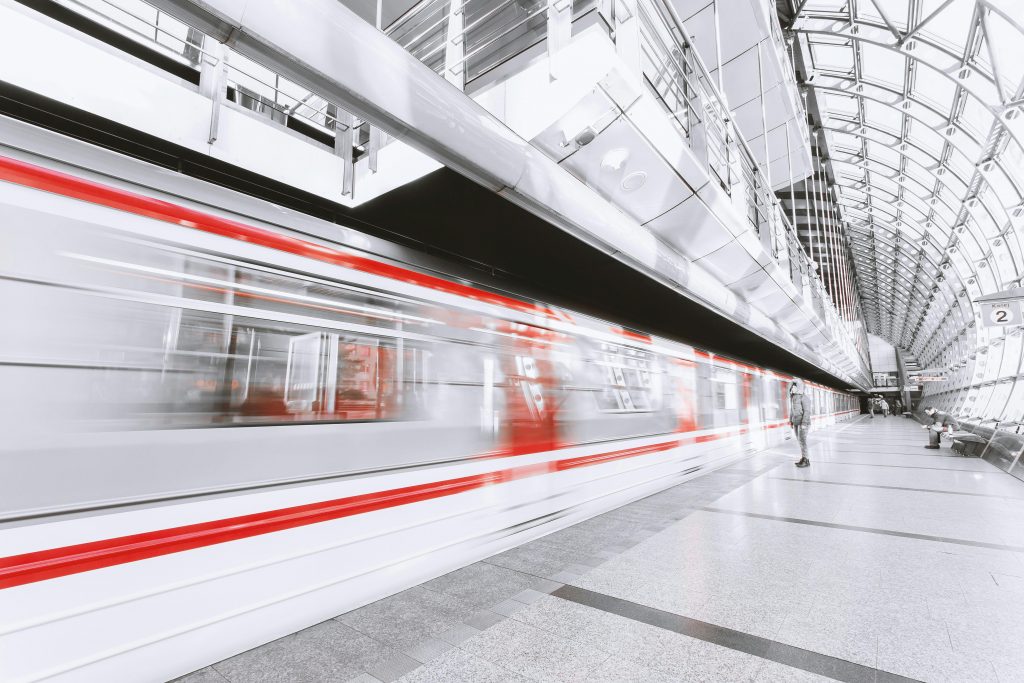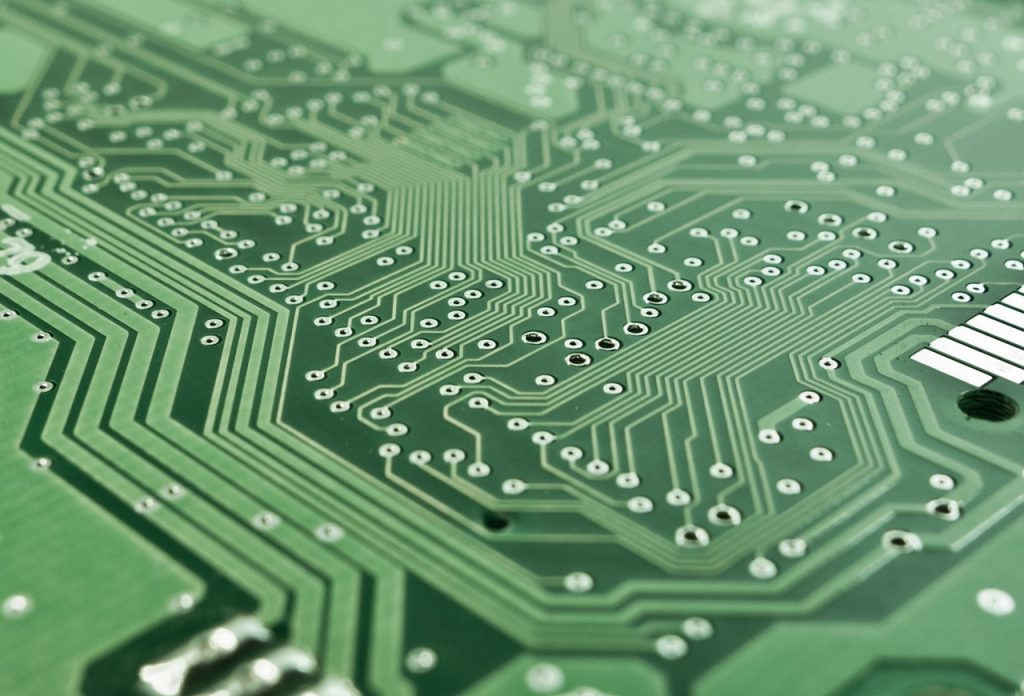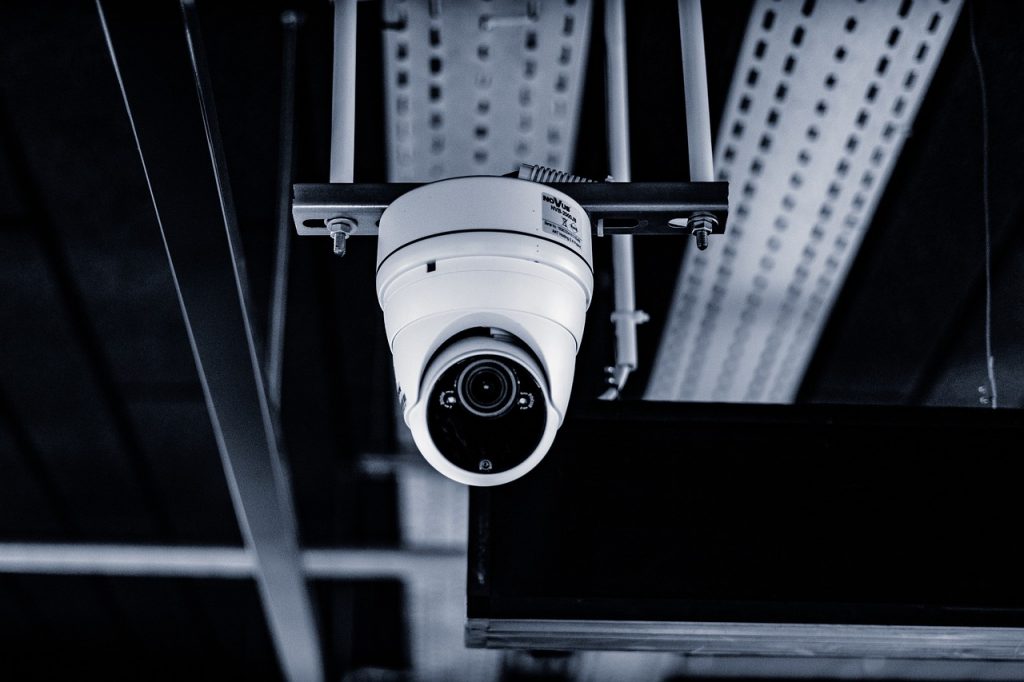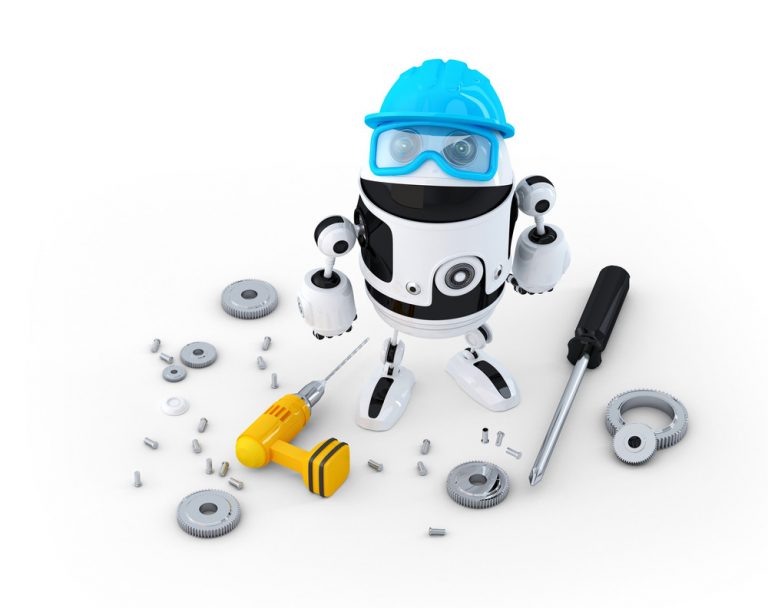

- Advanced technology, such as automated monitoring systems, plays a crucial role in enhancing MRT safety and efficiency.
- Comprehensive training for all MRT personnel is essential to minimize human error and ensure operational safety.
- Implementing robust security measures, including surveillance and emergency protocols, protects passengers and staff.
- Fostering a culture of safety and innovation is key for MRT systems to remain reliable and secure transportation options.
Metro Rail Transit (MRT) systems are crucial modes of transportation in many major cities around the world. They provide a convenient, efficient, and environmentally friendly way for people to travel within urban areas. However, ensuring the safety and reliability of MRT systems can be challenging due to various factors such as aging infrastructure, increasing ridership, and technological advancements. This blog will explore some of the key challenges faced by MRT operators and discuss five tips for improving safety and reliability.
Engaging With Stakeholders
Communication plays a crucial role in maintaining public trust in MRT systems. Engaging with stakeholders such as passengers, local communities, government agencies, advocacy groups, media outlets, and industry experts can help build transparency around safety practices and address concerns proactively.
For example, the CEO of Singapore’s SMRT Corporation, Ngien Hoon Ping, regularly meets with various stakeholders to provide updates and promptly address any issues. He also invites feedback to improve services. This approach has helped SMRT maintain a high level of safety and reliability.
Regular Maintenance and Inspections
One of the biggest challenges in ensuring the safety and reliability of MRT systems is maintaining aging infrastructure. Regular maintenance and inspections are crucial to identify potential issues before they escalate into serious problems. Implementing a comprehensive maintenance schedule that includes regular checks on tracks, trains, signaling systems, and other critical components can help prevent accidents and service disruptions.
Investing in Technology

Another challenge faced by MRT operators is keeping up with rapidly evolving technology. Various technologies can detect issues early on, optimize train schedules, and enhance communication between operators and passengers. Here are a few examples of technology that can improve MRT safety and reliability:
Predictive Maintenance Systems
These systems use sensors and data analytics to predict when equipment or infrastructure may fail, allowing for proactive maintenance before it becomes a safety concern. You can read more about predictive maintenance systems in our previous blog.
Automatic Train Control
This technology uses computers to control train movements, allowing for precise and efficient operation. It can also detect and prevent collisions, reduce energy consumption, and improve service reliability. Automatic train control is now being implemented in many MRT systems around the world. It is especially beneficial in high-density networks where trains operate at high speeds and frequent intervals. This technology also enables MRT systems to run more trains with fewer delays, increasing capacity and improving passenger experience.
Communications-Based Train Control
Similar to automatic train control, this technology uses communication between trains and trackside equipment to regulate train movements. It allows for more precise and real-time control of train speed, reducing the risk of accidents due to human error or unexpected events.
Passenger Information Systems
This piece of technology provides real-time information to passengers about trip schedules, delays, and alternate routes. This helps passengers plan their journeys and reduces overcrowding at stations.
These tech innovations not only improve safety and reliability but also enhance the overall passenger experience. By investing in technology, MRT operators can stay ahead of potential issues and provide a more efficient and comfortable journey for their passengers.
Training Staff
Human error is a common cause of accidents in MRT systems. Providing comprehensive training programs for all staff members, including train drivers, maintenance workers, station personnel, and emergency responders, is essential for ensuring safe operations. Training should cover emergency procedures, customer service skills, technical knowledge, and compliance with safety regulations.
Enhancing Security Measures

Ensuring the security of passengers and employees is another important aspect of MRT safety. Implementing robust security measures such as surveillance cameras, access control systems, emergency communication devices, and security personnel can help deter crime and respond quickly to emergencies. Collaborating with law enforcement agencies and conducting regular security drills can further enhance safety levels.
The safety and security of Mass Rapid Transit (MRT) systems are pivotal aspects that require continuous attention and improvement. Through the integration of advanced technology, comprehensive staff training, and robust security measures, MRT operators can significantly enhance the safety and comfort of passengers.
It is imperative for transit authorities to foster a culture of safety where innovations and best practices are embraced and implemented. By doing so, MRT systems can not only provide a reliable and efficient mode of transportation but also ensure a secure environment for both passengers and employees.


